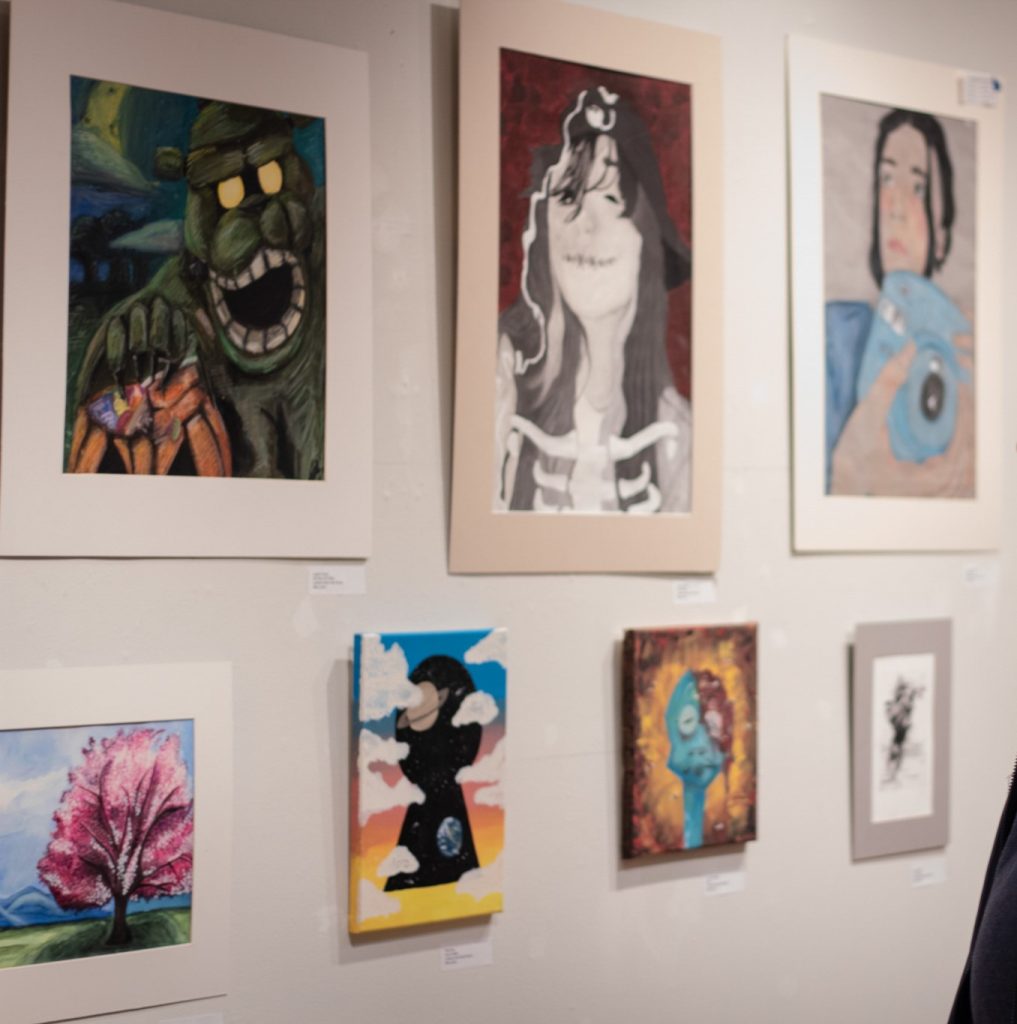Bachelor’s in Art History & Visual Culture
Amplify Your Passion for Artistic Expression
Ready to take your appreciation for artistic expression to the next level? Want an art program that will help you better understand the study of art from a historical perspective? With our online BA in Art History & Visual Culture from Lindenwood University, you can pursue art studies through online classes to build a deeper understanding of artistic expression and visual design and production from a historical perspective as a formative aspect of visual culture throughout the ages.
This accelerated and affordable online art degree offers the art history online courses you need to better understand artistic expression as it relates to and impacts other areas of human expression, including culture, society, politics, and religion. This affordable art program explores the historical progression and narrative of visual art, as well as topics within artistic production, including design and color theory. Take advantage of self-paced learning in an accelerated format that lets you complete this flexible art degree program in as little as two years!
Program at a Glance
3-4 Years
Duration
36
Credit Hours
$495
Per Credit Hour
100%
Online
Awards & Recognitions

Top Ranked
Best Online BA in Art & Art History

Online Spotlight
At Lindenwood, we’ve designed a career-focused education model rooted in a 190-year-plus history of academic excellence, propelled by the aspirations of students like you.
Course Spotlight
Your flexible, accelerated and affordable online art history degree coursework is designed to help you develop expertise in fine art history theory that can transfer to a variety of real-world settings, from museums to art galleries to graphic design. The affordable online art degree offers an extensive examination of artistic expression and production from classical artworks to contemporary expression as well as specialized topics in art, covering areas such as the following:
- Baroque Art
- Ancient Art
- Classical Mythology
- Nineteenth-Century Art
Admissions Requirements
For admission to your bachelor’s in art history and visual culture program, you will need to complete your online application and submit the following documents:
- Online Application
- Official transcripts
All colleges and universities previously attended. If you have fewer than 24 college credits, you will need to submit your official high school transcript.
If cumulative college GPA is below a 2.0, the following will also be required:
- Résumé
- Letter of intent/personal statement
(1–2 page document indicating your interest in the program and Lindenwood)
Tuition Details
The cost per credit hour for this arts bachelor’s degree online program is $495. Besides affordable tuition, we offer a generous transfer policy of up to 90 credits for online courses toward your degree completion to further offset tuition costs—to save you time and money on your education!
Frequently Asked Questions
No. We do not charge any fees in addition to tuition.
The online BA art history & visual culture program allows you to transfer up to 90 credits. Learn more about our transfer policy.
Yes, there are scholarships available for our bachelor’s in art history and visual culture. Learn more about financial aid and other ways to save on your art history online courses, including our generous transfer policy.
Why Choose Lindenwood University Online?
Since 1832, Lindenwood University has served students worldwide with affordable, high-quality academic programs providing real experience and real success. After nearly 200 years of academic excellence, Lindenwood is committed to a set of core values, including integrity, dedication, excellence, creativity, and community.
Quality
We evolve our online degree programs to reflect the latest in academic research and innovation and to meet the top standards of higher education.
Affordability
We are committed to offering our students studying online low tuition rates on top of multiple ways to save on your education.
Career-Focused
Our programs align curriculum to industry realities from experienced instructors who share real-world insights.
Support
We employ experts who are dedicated to helping our students with financial aid planning, enrollment counseling, tutoring services, and more.
We are committed to helping you succeed.
Throughout each step of your online degree program, you will receive support. From enrollment and tuition planning to staying on the right track, your support team is there to ensure your success.
